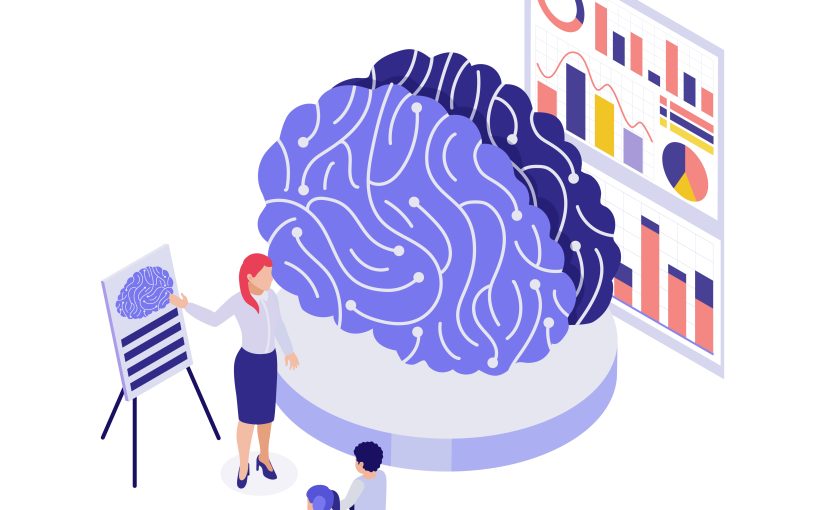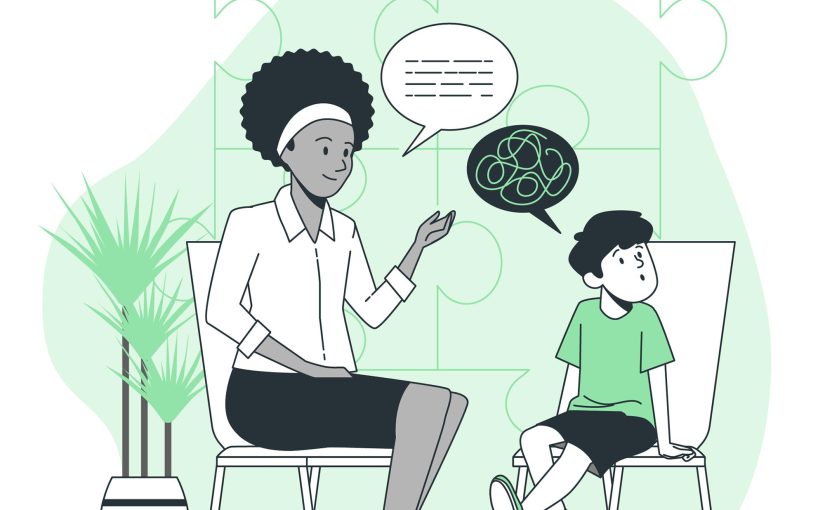 ABA Courses
ABA Courses Behavioral Therapy for Autism
Behavioral Therapy for Autism Developmental Delay
Developmental Delay Neuro developmental Therapy
Neuro developmental Therapy Down Syndrome Therapy
Down Syndrome Therapy Autism Screening
Autism Screening Vocational Training
Vocational TrainingOur occupational therapy services aim to help children with autism develop the skills needed to perform daily tasks and improve their quality of life. Our team of occupational therapists specialize in sensory integration and fine motor skills, and work with children with developmental delays to help them achieve their full potential. Helping children with autism develop the skills they need to thrive.

Occupational therapy (OT) for children with Autism can help them gain much-needed social skills while also fostering their capacity for higher levels of independence. In short, occupational therapists may work with children and adults to help improve seemingly small skills that allow their clients to participate more fully in the activities of daily living and grant them a greater sense of independence. Some of the most common OT strategies used in occupational therapy for children might include play skills, learning methods, self-care strategies, and sensory integration techniques.
In healthcare, any and all methods that embrace the holistic approach of treating a person for their injury. disability or condition is considered occupational therapy. With this in mind, occupational therapists help patients not only recover from injuries sustained during their course of work or lifestyle but also prevent disabilities from developing down the line by teaching them new ways to handle daily activities. While many occupations have some relation to occupational therapy, the most common ones include helping children who have developmental disabilities through activities like sensory integration and cognitive skills training.
Occupational Therapists begin their course of action by speaking to patients and families. After listening attentively, they develop a comprehensive plan of action targeted at treating each person’s individual needs. Occupational Therapy for children approaches every case with the utmost determination, tailoring their expertise to fit the goals and needs of individuals who require help in order to live more easily within their community.
To evaluate a patient with autism, the Occupational therapist will first use various assessment tools to measure sensory processing, general development, and behavior. One such tool is the Childhood Autism Rating Scale (CARS). Other tools that the Occupational Therapists may employ include diagnostic criteria for ASD as listed in The Diagnostic and Statistical Manual of Mental Disorders, 5th edition (DSM-5). The Occupational therapist observes the patient by noting symptoms possibly connected to their autism spectrum disorder (ASD).
Potential signs of ASD include a lack of:
In addition to their work as occupational therapists for children, experts in this field also observe children in a range of settings to see how well they are able to complete tasks of daily life. To get a better impression of the severity and nature of the disorder, an expert may closely watch a child who is, say, playing on the playground with several peers. The expert may be on hand to see if she/he can recognize any sensory issues that might be causing struggles for the child like finding it difficult to process and make sense of all their sensory input that is bombarding their system at once (with so many things going on at once).
Occupational therapists are not inherently trained in social skills therapy. but occupational therapists often use a multidisciplinary approach to managing social problems. For example:
How to: find a good occupational therapist for autistic children?
Occupational therapists are just one of the many types of master’s level therapists that a person might seek treatment from. Some of the responsibilities that an occupational therapist will have include evaluating or assessing someone with a disability and coming up with personalized goals for both the patient and therapist in order to overcome any physical barriers or other limitations.
Occupational therapists work with people of all ages in a wide range of conditions and development levels, including autistic students, as well as their parents, siblings, and teachers. They observe the student and gather information through parent and teacher interviews. Once enough data has been collected about the child’s relationships, eating, self-care skills, social skills and daily living skills, occupational therapy for children begins. Goals are set between the therapist and families to improve these areas based on previously collected observational data.
Efficacy of occupational therapy for children
Touching, sitting and talking are tools used in occupational therapy for autism to help individuals develop basic skills. When these professionals spent at least 10 hours a week working with them, they were two times more likely to improve at home. Studies have found that an array of OT interventions are effective for improving cognition in students with autism.
OT helps many aspects of life, and a range of treatments can be applied, including:
Occupational therapy for autism at cogniable
CogniAble is a multispecialty center that specializes in special needs support via various therapies. We are spread over India in several states. Our team is made up of clinical and psychiatric professionals with years of experience. Our children get multidisciplinary, holistic, and individualized therapy from skilled specialists. To facilitate learning and involvement, our occupational therapists focus extensively on sensory processing, emotional and behavioral control, oral/fine/gross motor development, and task analysis.
Copyright © 2023 all right reserved.